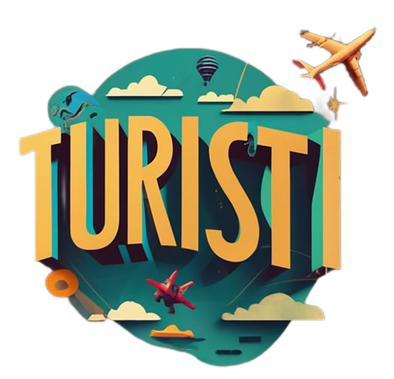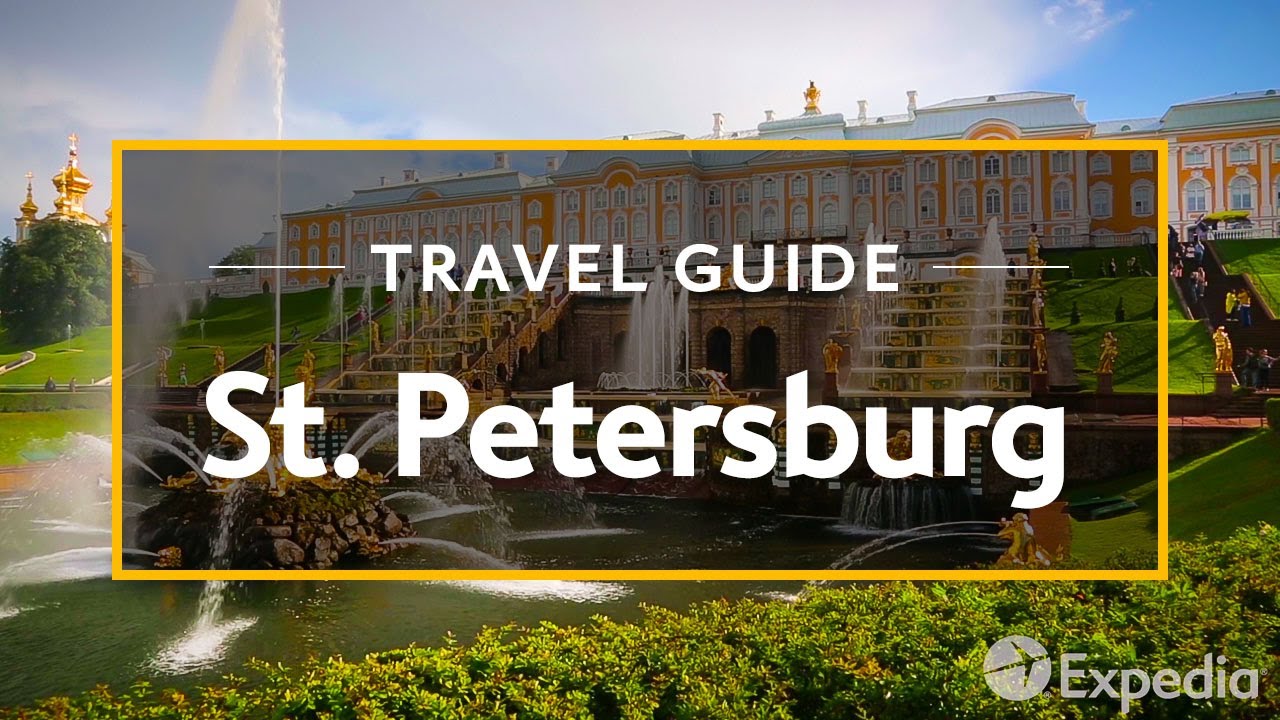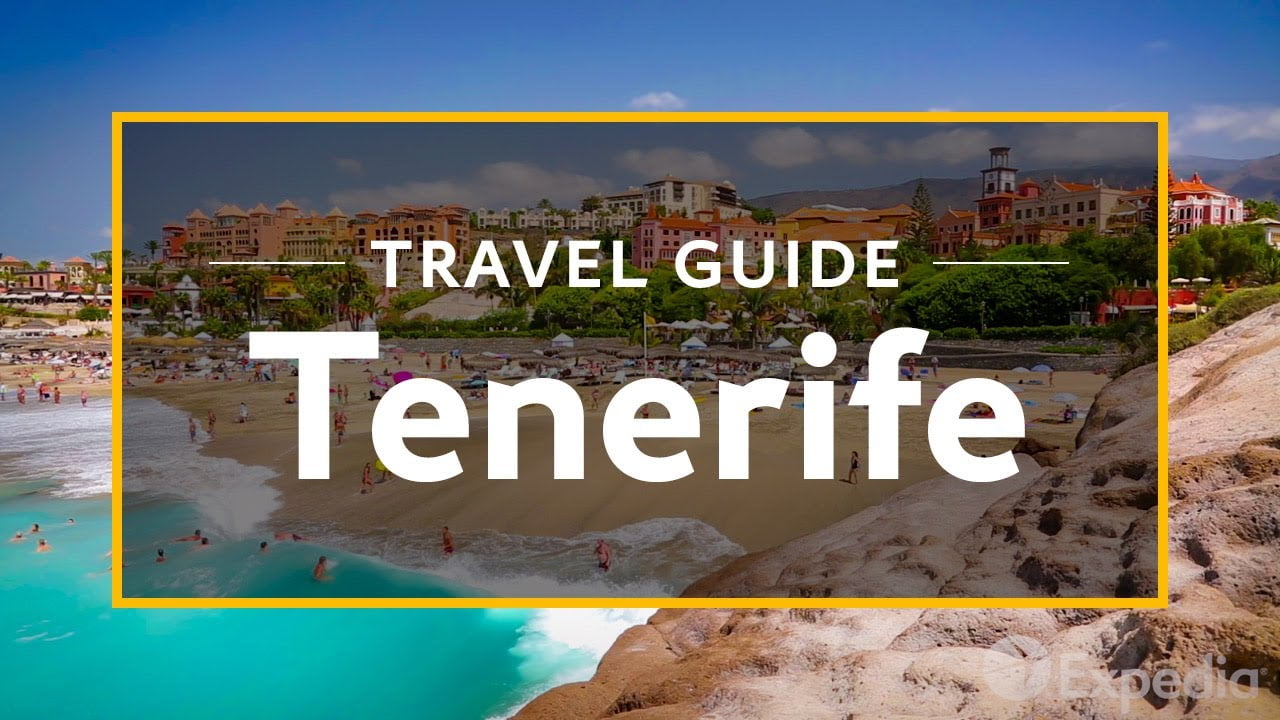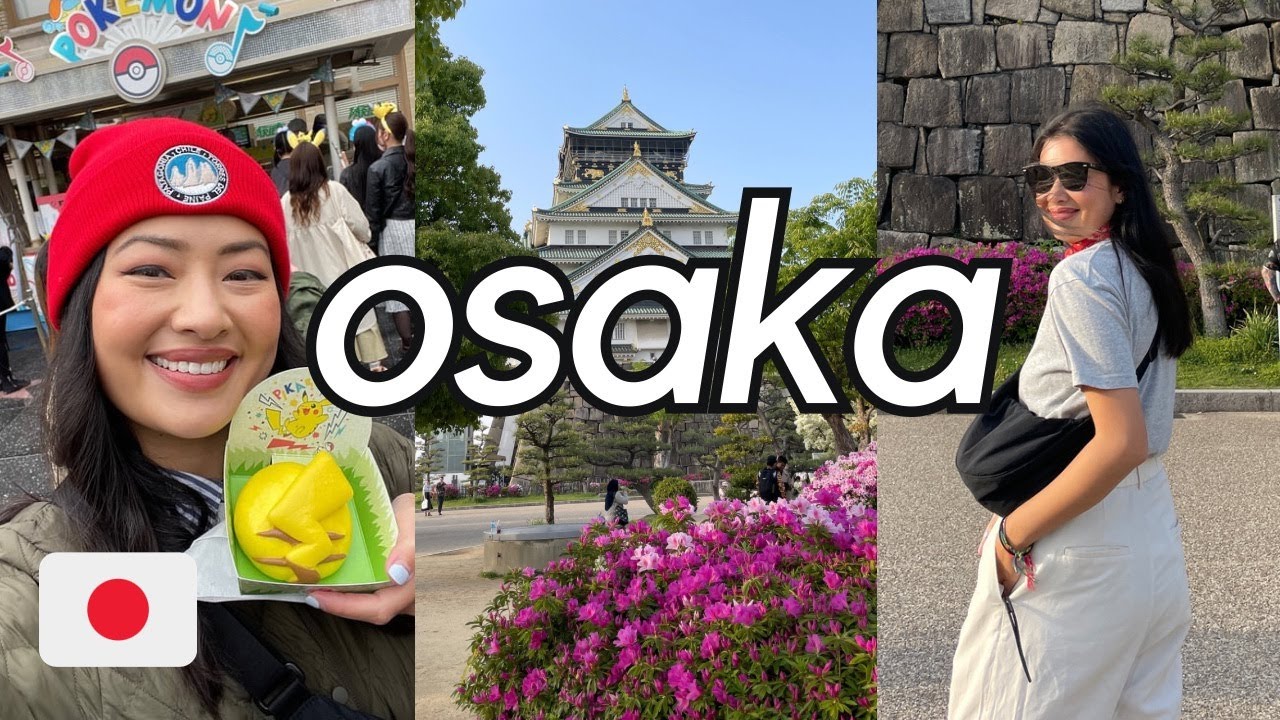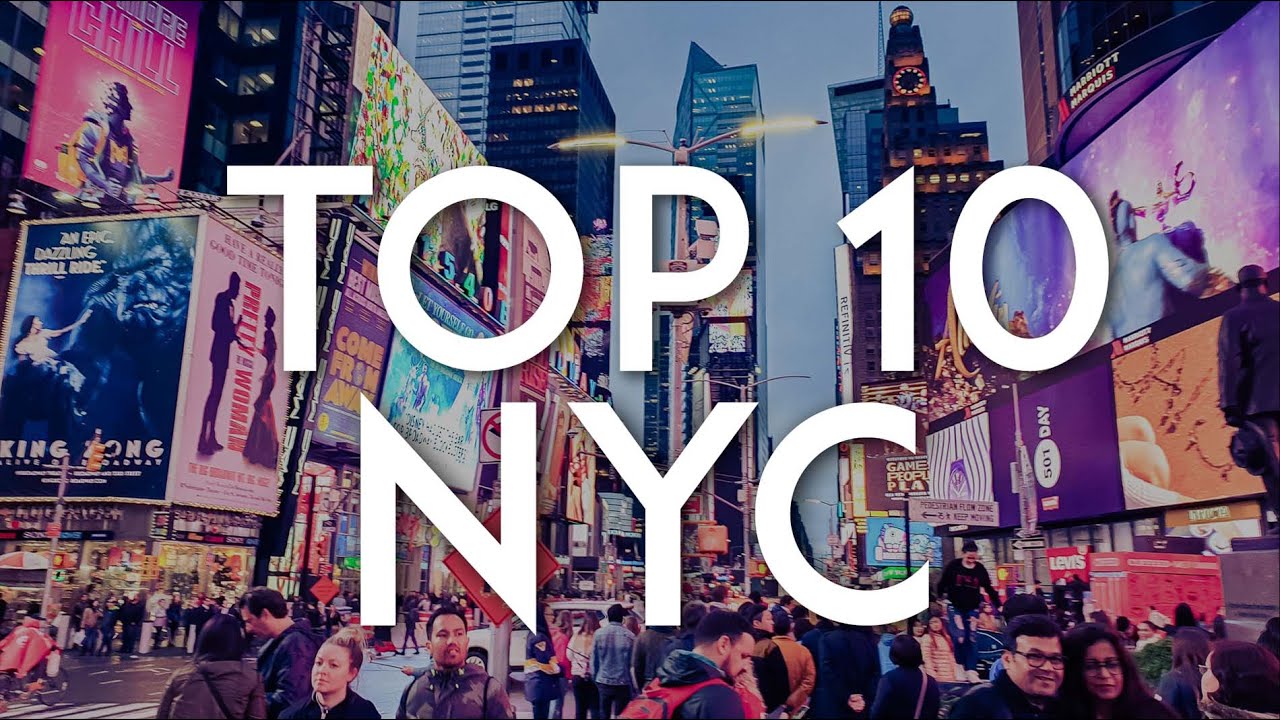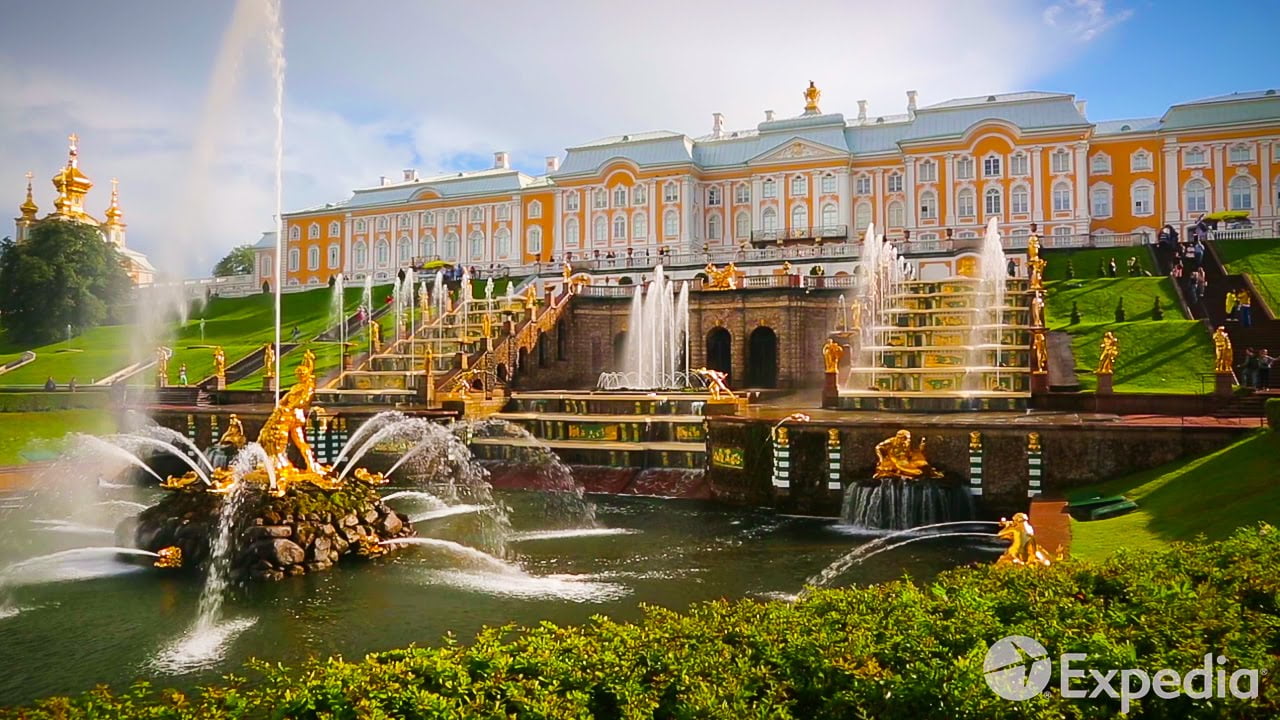Darwin – Destination-Travel-Guides Darwin is the capital of the Northern Territory, in the “top end”
Darwin is the capital of the Northern Territory, in a place Australian’s like call, “The Top End”. Situated at the edge of the Timor Sea, the city is closer to Bali than to Australia’s other major capitals.
Traditionally the home of the Larrakia People, Darwin was settled by Europeans in 1869.
The city’s isolation has meant that it’s population has always been low, and that’s just the way locals like it. Darwin is very much a gateway city.
It’s the gateway to wild outback adventures, …it’s the gateway to the Aboriginal Dreamtime,
…and, it’s the gateway to a relaxed state of mind that you can only appreciate once you’re here. On Thursdays and Sundays, half the city gathers at the Mindil Beach Markets.
Here, the aroma’s of cuisines from all over the world mix together under the tropical sky,
Creating the perfect essence of todays multicultural Darwin. At sunset, head down to the beach for the best show in town, as the sun dips into the Arafura Sea.
Then catch a double feature under the stars at another local institution, the Deck Chair Cinema. But life here hasn’t always been this easy going.
During The Second World War, Japanese warplanes dropped more bombs on Darwin than on Pearl Harbor.
You can learn more about and those dark days, and about the city’s ongoing military significance, at the Defense of Darwin Experience, and the Australian Aviation Heritage Centre. At the Darwin Museum and Art Gallery,
Learn how Darwin was tragically flattened again in 1974, this time by Mother Nature. The Museum and Art Gallery is also the perfect introduction into local cultures, and the Territory’s unique natural environment.
While you’re here, say hello to Sweetheart, a rogue croc that developed a taste for small aluminum boats
Before he was finally caught. Sweetheart’s much quieter these days, but you can still experience the awesome power of Australia’s salt and freshwater crocs at Crocodylus Park.
Just a fifteen-minute drive from Darwin, the park is home to over 1000 crocs, from hatchlings to adults weighing over half a tone. But to get close,
Real close, make tracks to Crocosaurus Cove, right in the heart of the city. Have a go at feeding the crocs, or better still, climb into the Cage of Death and be lowered into a tank with some of the largest captive salties on the planet.
Of course, seeing crocs in captivity is just a little Top-End taster. For the best holiday snaps of all, hit the road to adventure.
There’s over 60 national parks in the Northern Territory; 20 in the Darwin region alone. If you ask a local for their favorite,
Chances are they’ll quietly point you in the direction of Litchfield National Park. Just an hour and a half from Darwin, Litchfield is set around a sandstone plateau, criss-crossed by deep, narrow gorges filled monsoon forests and croc-free swimming holes.
On your way into the park, stop to check out the Magnetic and Cathedral termite mounds. And when it’s time to cool off , immerse yourself in the pure refreshing waters of Buley Rockhole, a series of pools which cascade down the hillside to spectacular Florence Falls.
A little further into the park, are Tolmer and Wangi Falls. Step into the primordial waters and let your worries float away, then climb into the stone country above, and let your spirit drift off into a land that time forgot.
But if you want to step further back in time, into a place the Australia’s aboriginal People know as the Dreamtime, head to Kakadu.
Half the size of Switzerland and home to one-third of Australia’s bird species and some of the world’s oldest art galleries,
Kakadu is more than a national park, it’s a national treasure. Whether you’ve explored The Outback for a few days or a few months, there comes a time where everyone begins to long for the creature comforts of the city.
And this is where Darwin comes into it’s own, it’s the perfect gateway back into the world, and not just any world, but the way the world should be big hearted, relaxed, and forever connected to the rhythms of nature, and, the human spirit.

